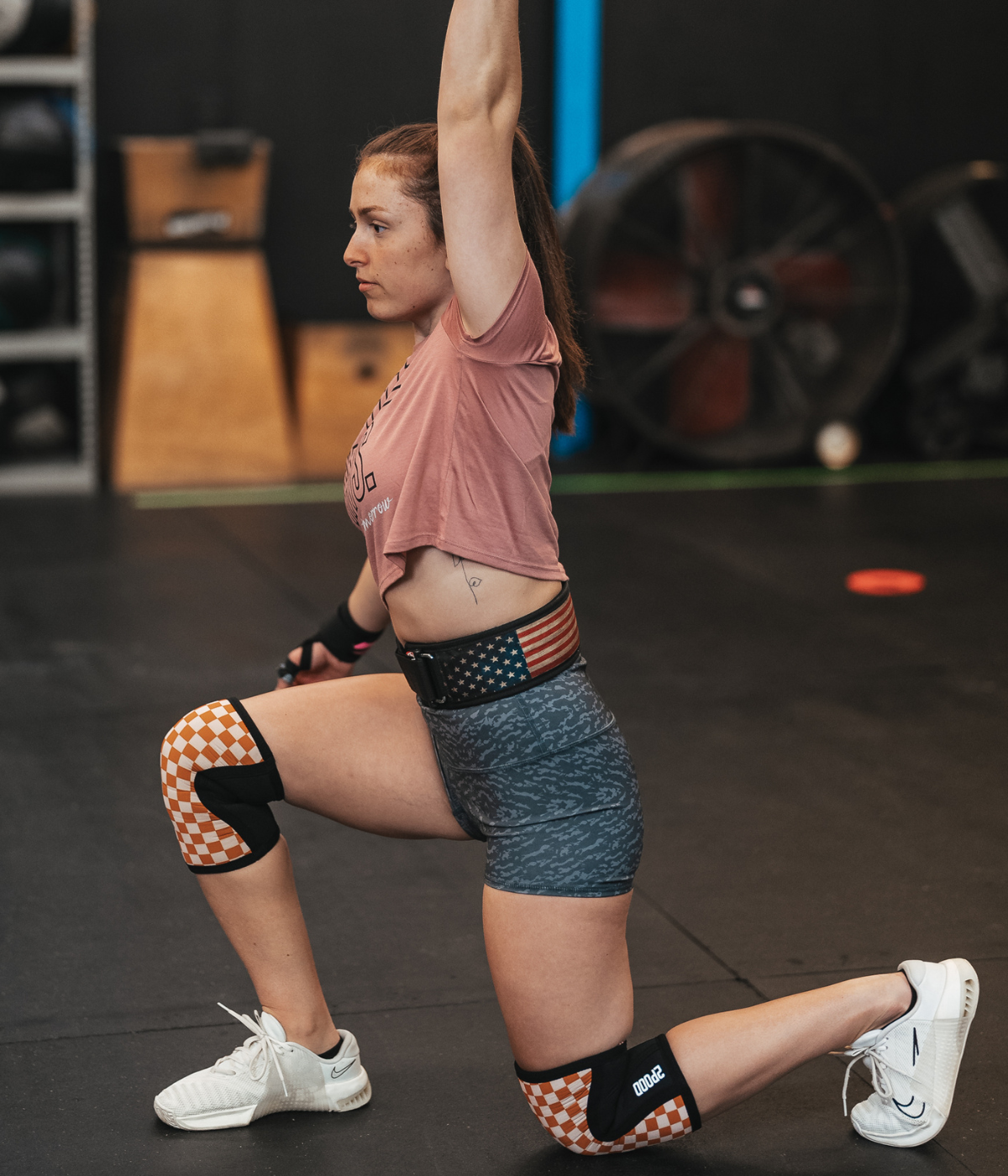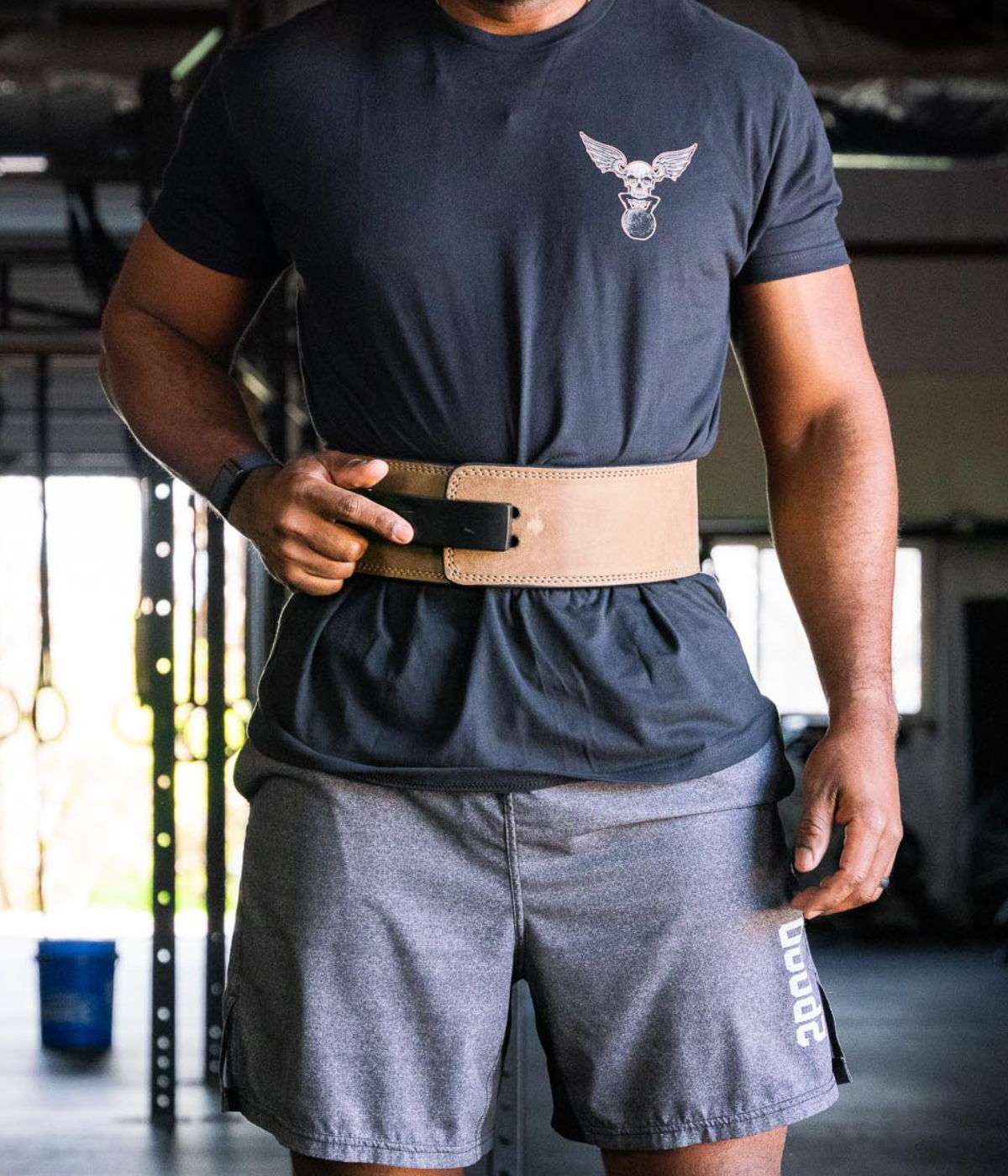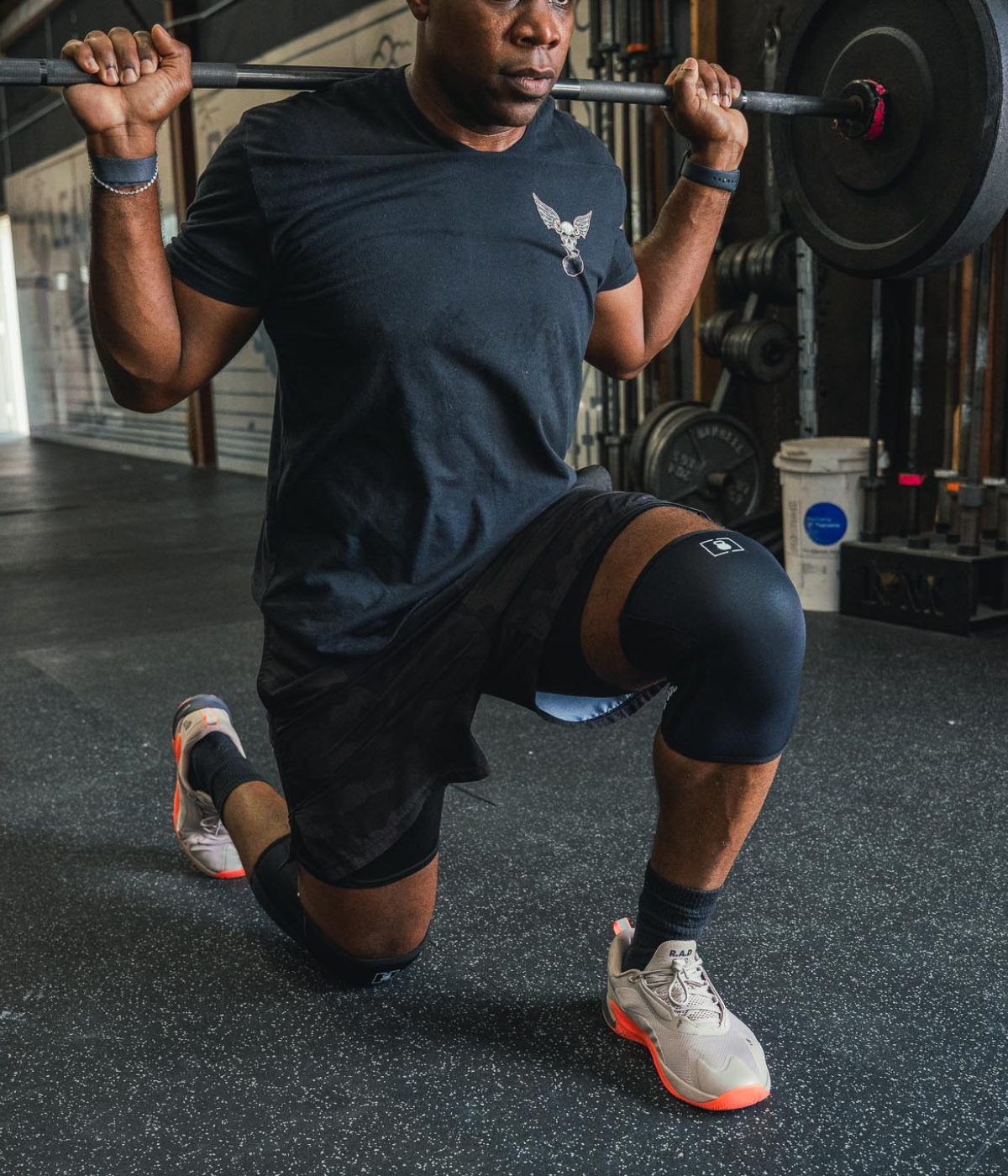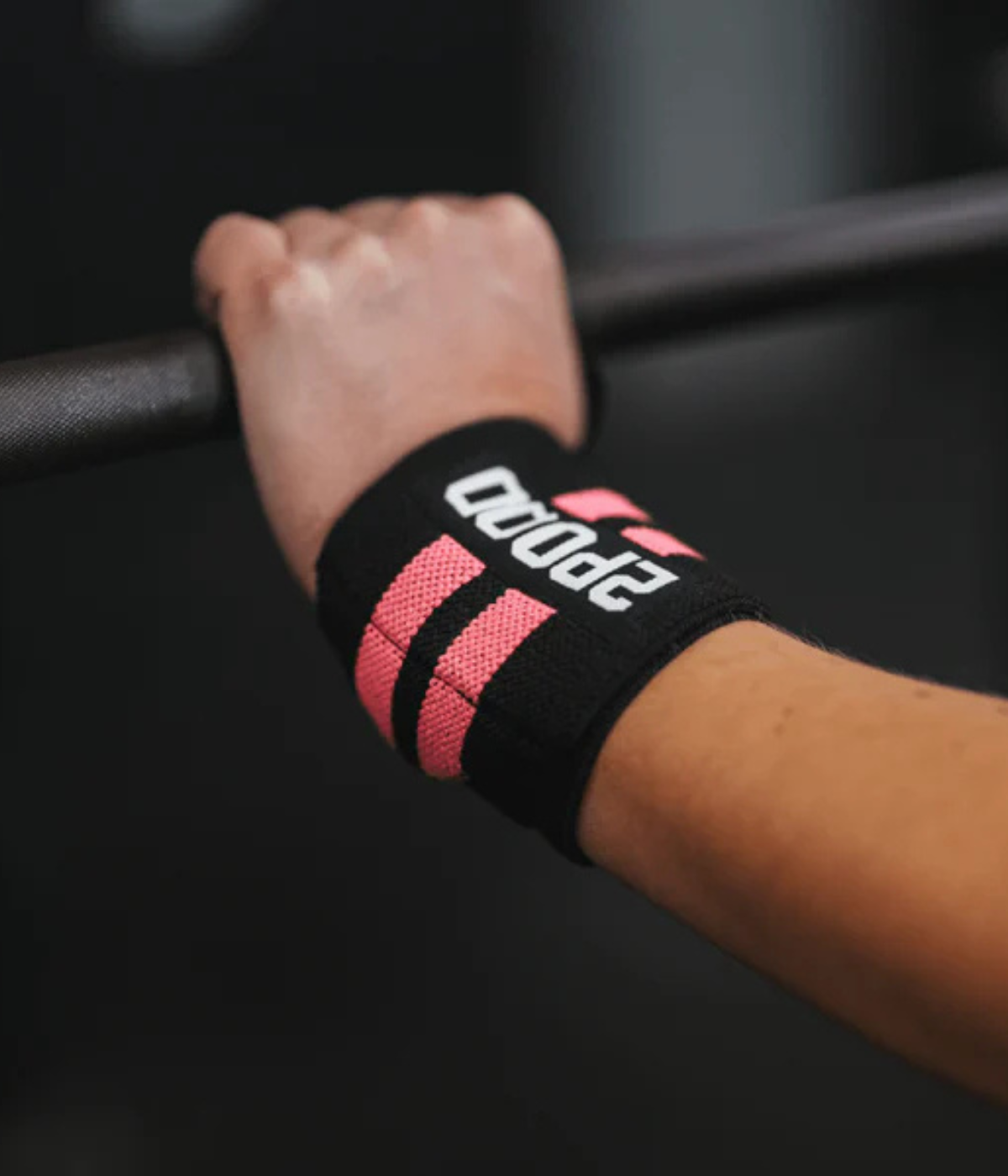What is Progressive Overload?
Progressive overload involves the gradual increase of intensity, sets, reps, or weights. This challenges your body, forcing it to make adaptations such as building more muscle, and prevents injuries by avoiding the common “too much, too soon” mistake. In turn, this also helps you thwart plateaus and continue to make progress toward your goals.
An example of progressive overload is starting with 10 lbs for bicep curls for 10 repetitions. After a few weeks of this, you might notice you no longer feel sore after your workout and this exercise has become easy. When this happens, you might increase your bicep curls to 12 lbs or increase the number of repetitions.
Research on progressive overload even shows its efficacy for improving muscle mass in both men and women.
However, the key here is to increase everything gradually. Many experts recommend increasing weight, intensity, sets, or reps by about 10% or less each week. This often means you can increase by a few pounds or kilograms every couple of weeks.
Simple Ways to Use Progressive Overload
So, how can you start including this in your routine? Here are a few ways you can incorporate progressive overload into your current workout.
1. Increase Weight (Resistance) or Reps
A small amount of stress is good for the body. Too much and the body can’t handle the demands, but just the right amount and your body is able to overcome the demands and also come back stronger.
Progressively lifting heavier weights helps you get stronger and gain muscle. The main thing here is that before you up your weights (or your number of repetitions or sets), the current amount should be easy. If you’re still struggling at a set weight or number of reps, then, you’ll want to stick with it for a bit longer.
On top of this, the body needs time to build muscle. As such, rest days are an essential ingredient in regards to progressive overload. This time is necessary for your body to recover and lay down new muscle tissue.
2. Increase the Length of Your Workouts
Your first time in the gym lifting weights is going to feel like a lot. Thus, you probably don’t need to spend an hour or more pumping iron. Similar to the weight, reps, and sets you perform, you’ll want to also gradually increase your workout time, slowly adding new exercises and ensuring you get your form down before increasing weight or intensity.
3. Think About Your Tempo
While a quicker pace will allow you to sail through your workout in no time, the time under tension (the amount of time your muscles are under tension during an exercise) matters a lot when lifting weights and gaining muscle. If you want to get a little bit more out of your current number of sets and weights (perhaps you’ve maxed out your weight set at home!), you can slow down the exercise.
For instance, when squatting, you can try squatting down for a count of 3 or 4, then pause. Then, you can rise to a count of 3 or 4. This will feel much more difficult than simply moving up and down at a fast pace.
4. Use Pyramid Sets
Pyramid sets involve increasing your weight for each working set. For instance, you might have four sets to perform. Thus, you might start with 130 lbs for the first set, then progress to 135 lbs for the second set, then progress to 140 lbs for the next set and so on. At the same time, your repetitions may decrease as you amp up your weight. For example, you might do 10 repetitions for 130 lbs, then 8 repetition for 125 lbs, then 6 repetitions for 140 lbs, and so on.
A word of caution: With any exercise, no matter the weight, you want to make sure your form is on point. If you add weight and find your form is failing, you’ll want to practice at your previous weight before increasing or else you might find yourself spending time attending to an injury.
5. Increase Your Training Frequency
Inevitably, this will have a limit, since rest days are necessary for adequate recovery and improved performance. However, if you’re starting with weight lifting twice a week, you can gradually work toward increasing this frequency. You may eventually build to three or five times a week.
If you are performing weight training four to five times a week, you want to ensure that you’re alternating days to avoid working out the same muscle groups back-to-back. This means that you might workout your lower body one day, then your upper body the next.
Remember to Always Put Safety First!
From chronic back pain to recurring injuries, weight training can lead to serious consequences if you’re not careful. Thus, you should always progress your workout with safety in mind. Watch your form. Only increase your reps, sets, weights, frequency, and more when you’re ready.
Alternatively, working with a certified personal trainer can help you ensure you’re doing everything right. Additionally, when you start lifting heavy, you may want to invest in safety equipment, such as a weightlifting belt or wrist wraps. At the end of the day, you only get one body and it’s up to you to take care of it.
THE OFFICIAL BELT OF USA WEIGHTLIFTING
Grab the belt worn by weighlifting Olympians: CJ Cummings, Mattie Rogers, and Jourdan Delacruz

















Leave a comment
All comments are moderated before being published.
This site is protected by hCaptcha and the hCaptcha Privacy Policy and Terms of Service apply.